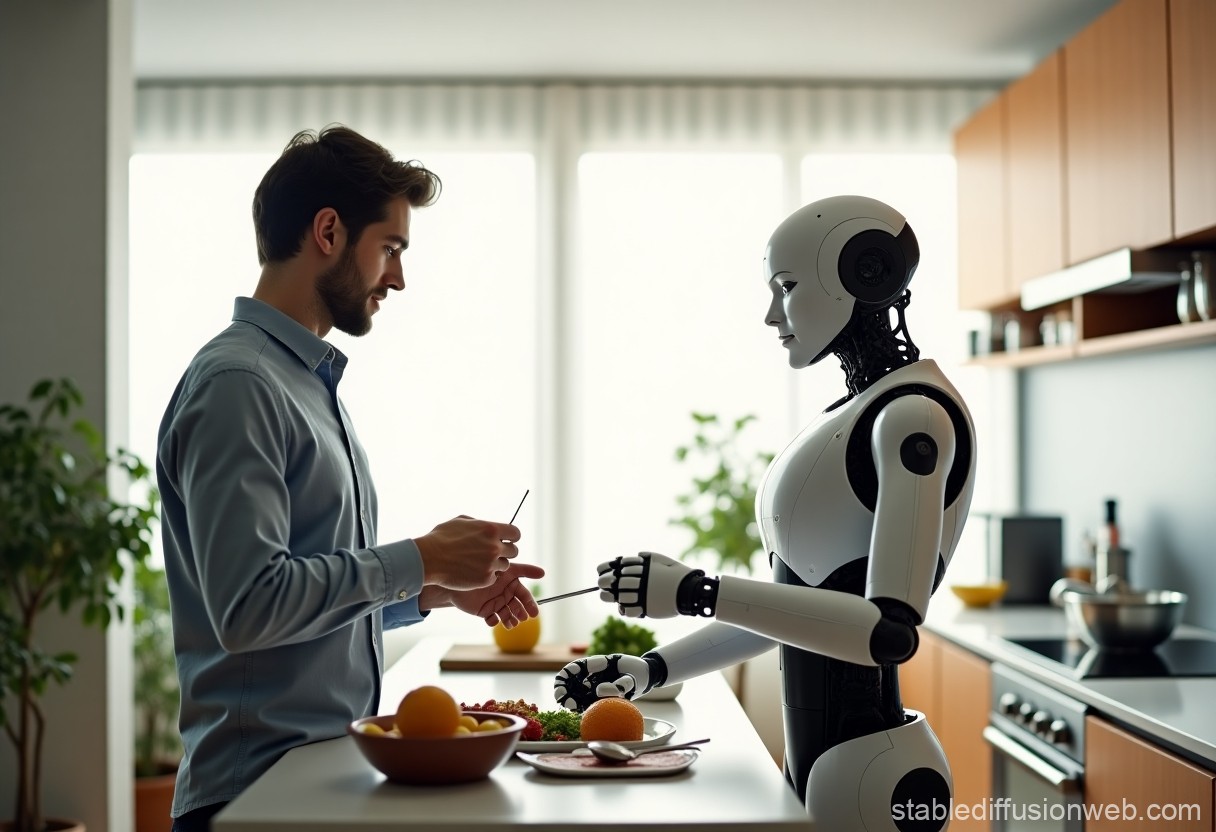Meta has announced PARTNR, a groundbreaking research initiative designed to explore human-robot interaction (HRI), with a particular focus on how humans and robots might collaborate in household environments. This initiative aims to push forward the possibilities of robotic assistance in everyday tasks such as cleaning, cooking, and managing deliveries.
The dream of a fully automated home has been a staple of science fiction for decades—most famously embodied by Rosey the Robot from “The Jetsons.” While Rosey debuted over 60 years ago, she remains a symbol of the future many envision: robots seamlessly handling domestic responsibilities.
However, despite major advancements in AI and automation, the only home robot to truly gain mainstream success is the robot vacuum. The reasons behind this limited adoption range from high costs and reliability concerns to limited functionality. It’s not a lack of consumer interest—rather, no product has effectively balanced affordability and usefulness to make widespread adoption feasible.
For robots to become a common sight in homes, they must learn to work alongside humans rather than act as standalone assistants. Recognizing this, Meta has developed PARTNR as both a benchmark and dataset to explore the dynamics of human-robot teamwork in domestic settings.
“Our benchmark consists of 100,000 tasks, including household activities such as cleaning up dishes and toys,” Meta explained. “We are also releasing the PARTNR dataset, which includes human demonstrations in simulated environments, providing a training ground for embodied AI models.”
Simulation technology has proven invaluable for accelerating robotic development, allowing researchers to rapidly test and iterate on models in a virtual space before real-world deployment. However, Meta notes that PARTNR has already demonstrated success beyond simulation—it has been tested on Boston Dynamics’ Spot robot, showcasing the practical potential of the program. Additionally, Meta has introduced a mixed-reality interface designed to visually represent how robots make decisions in real-time.
“The potential for innovation in human-robot collaboration is immense,” Meta stated. “With PARTNR, we aim to redefine robots as collaborative partners rather than mere tools, jump-starting progress in this exciting field.”
The Future of Home Robotics
The category of age tech presents a particularly promising application for home robotics. For example, Labrador’s automated serving cart demonstrates how technology can assist elderly individuals living independently. However, before such systems achieve mainstream acceptance, the industry must overcome significant hurdles in cost, reliability, and user-friendly integration.
Another promising avenue is the development of humanoid robots. In recent years, multiple companies have introduced bipedal robots designed for general-purpose tasks, with the long-term goal of integrating them into both industrial and home environments. However, their viability for home use remains hindered by prohibitive costs and the need for major improvements in reliability—which is why most manufacturers are prioritizing commercial applications before pivoting to residential settings.
With continued advancements in AI, automation, and scalable production, a future where humanoid robots perform household chores could become reality. However, before that vision materializes, improving human-robot collaboration will be a crucial step. By launching PARTNR, Meta is taking a significant stride toward making that future possible.


